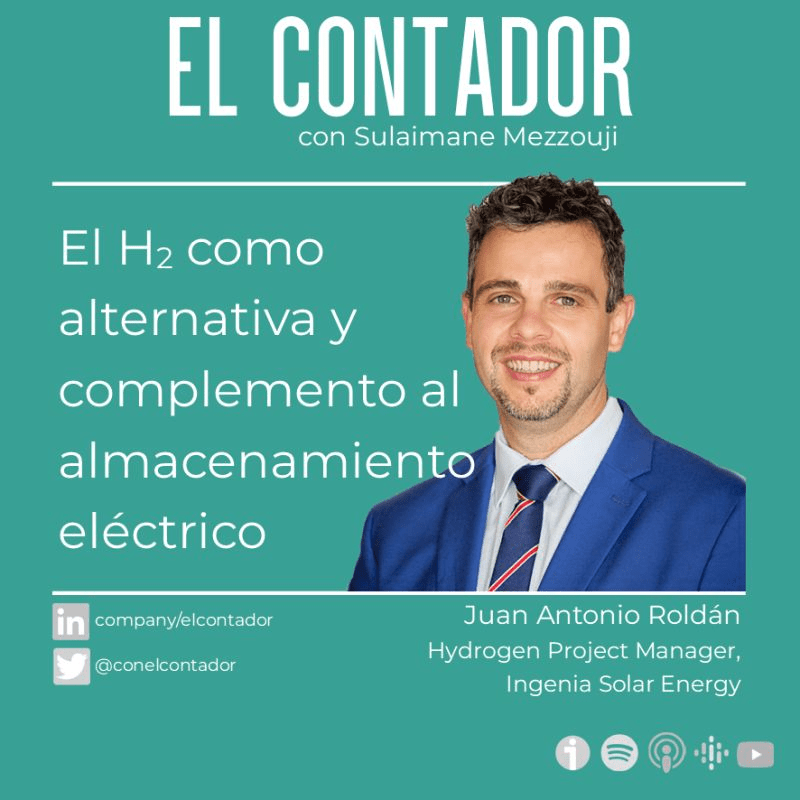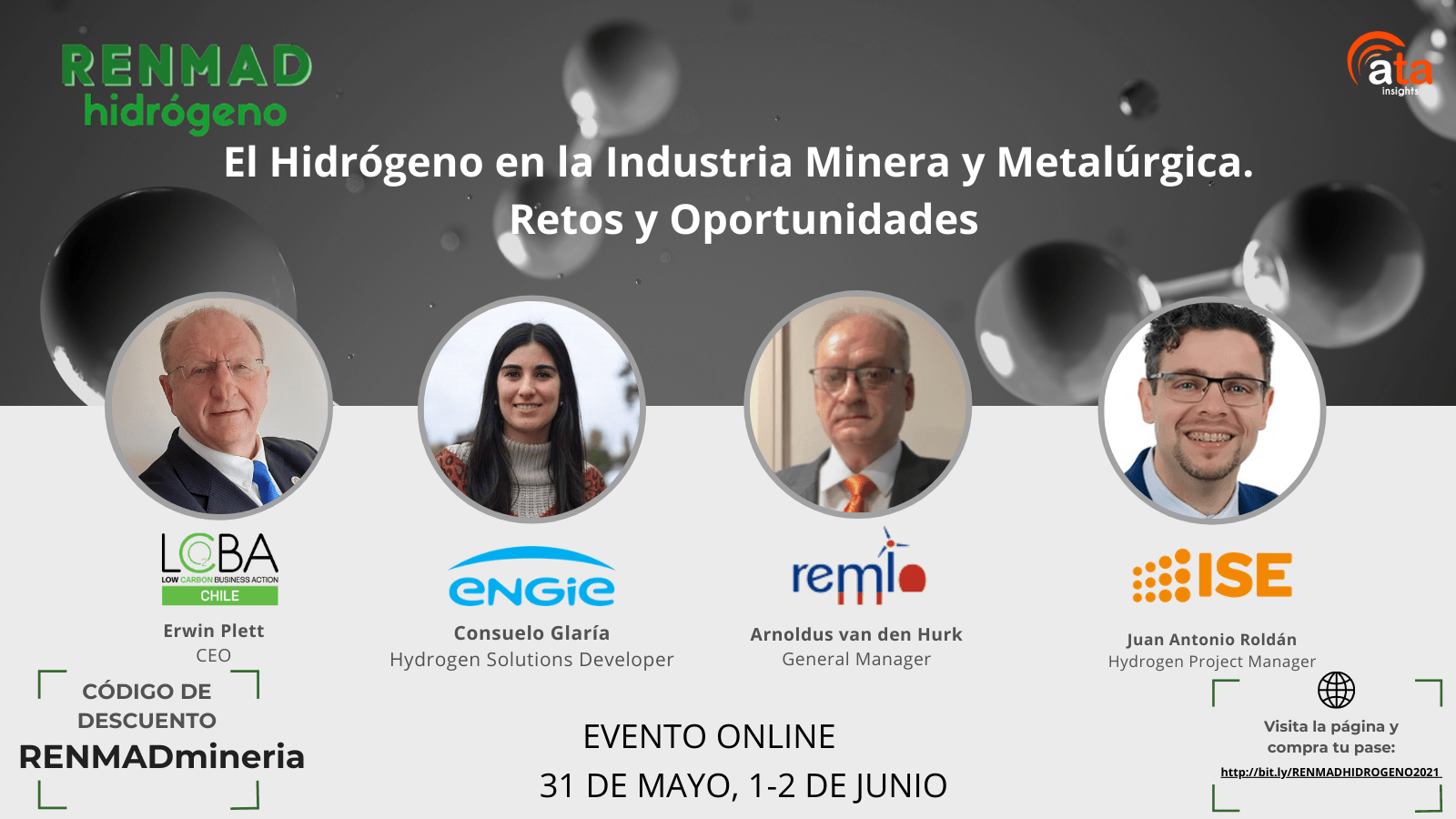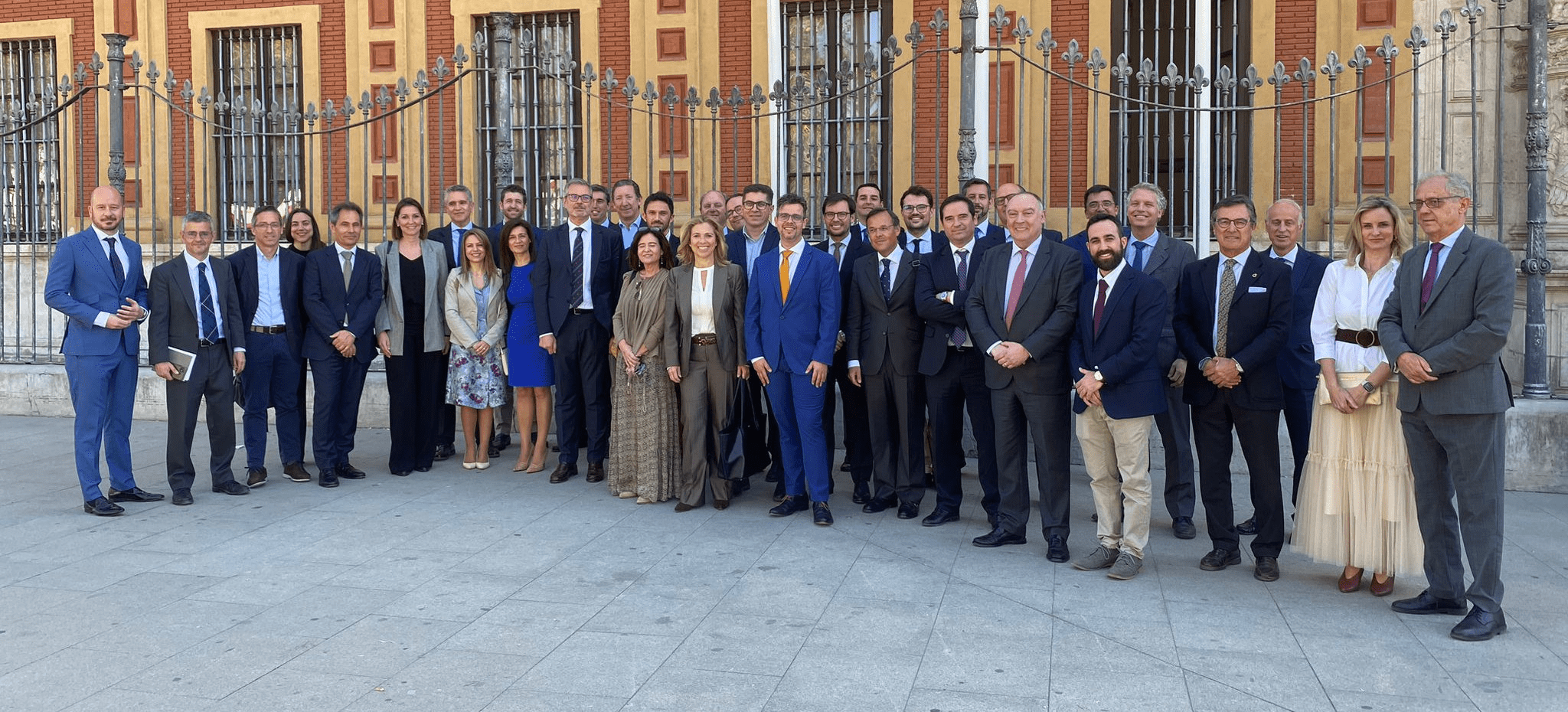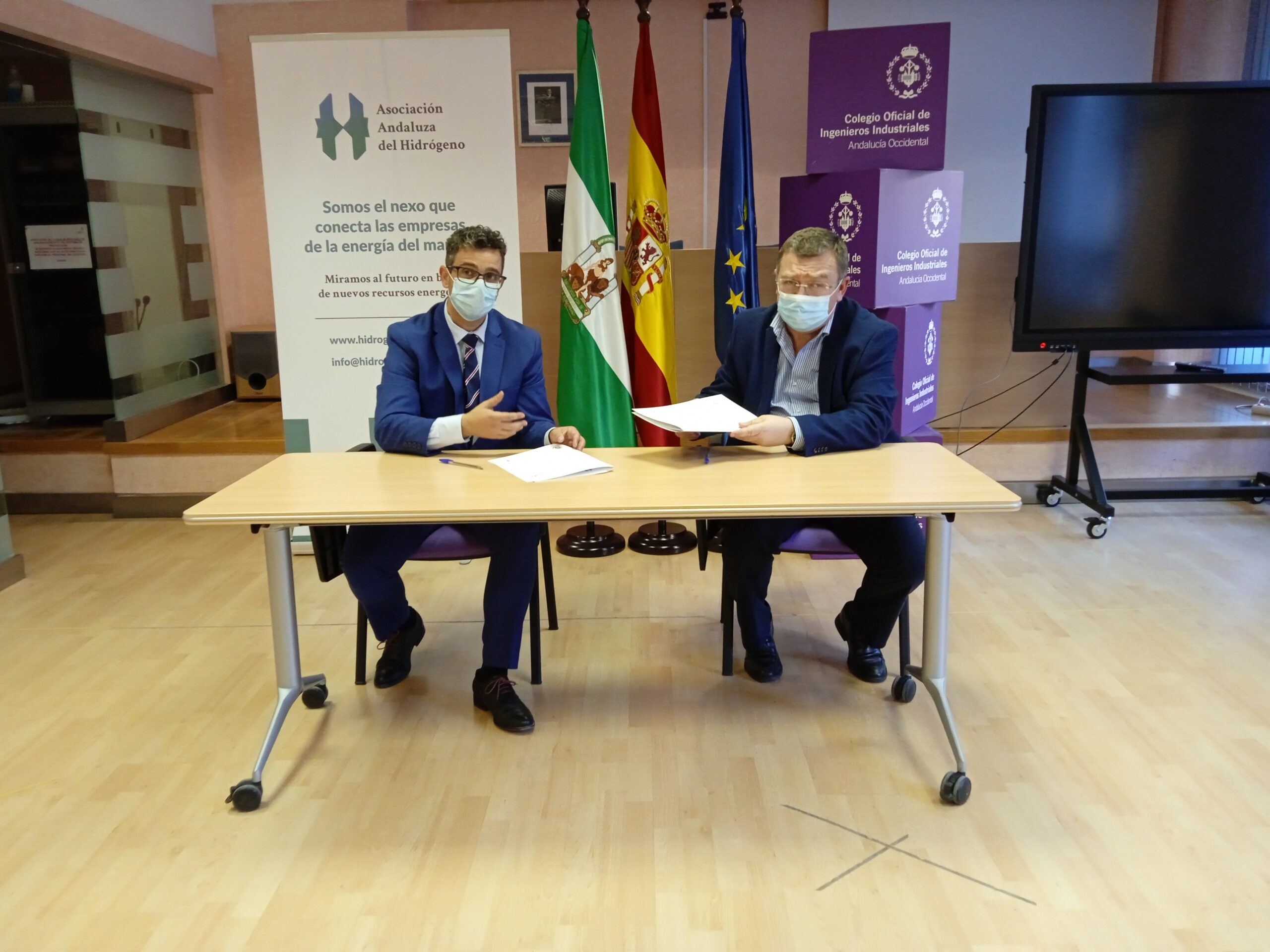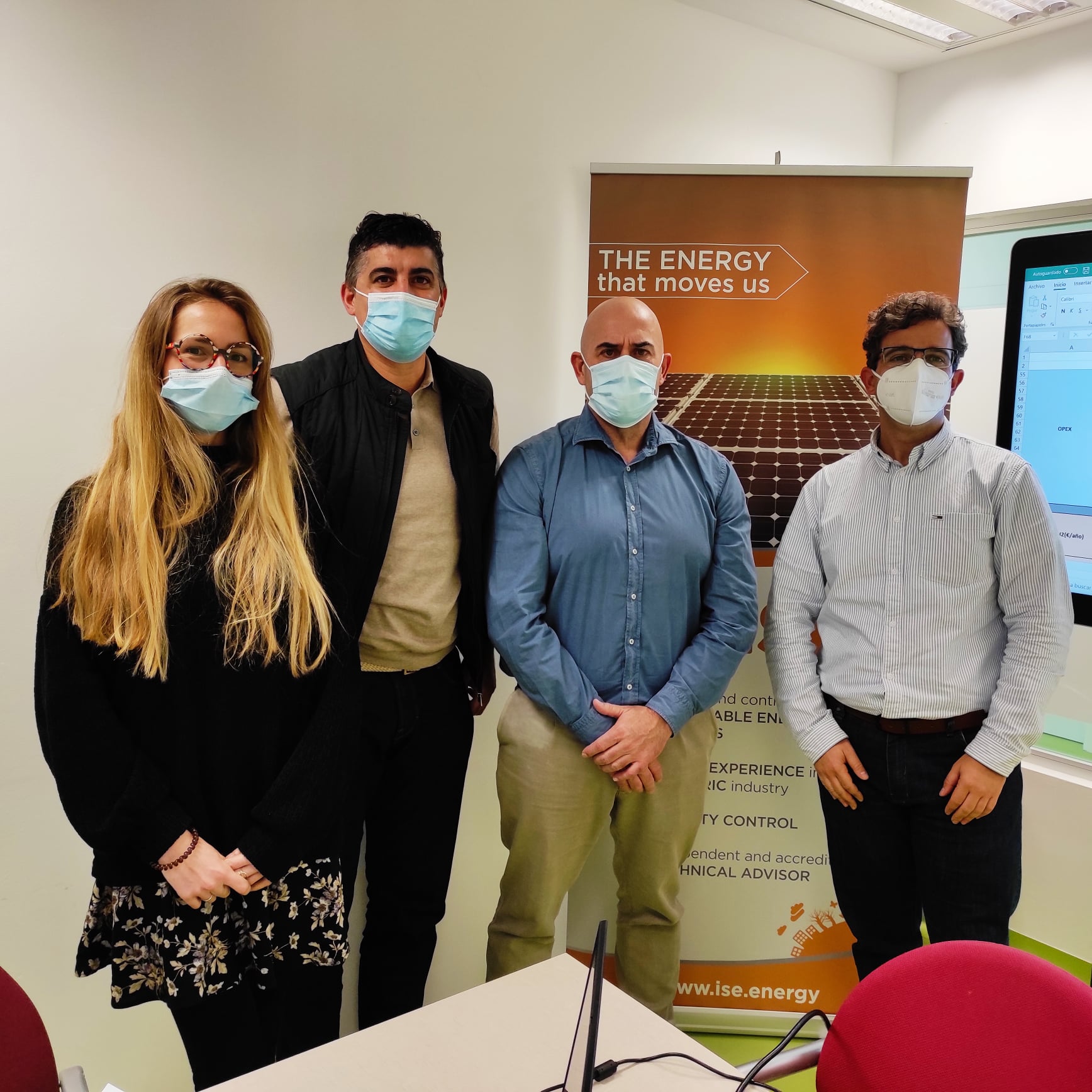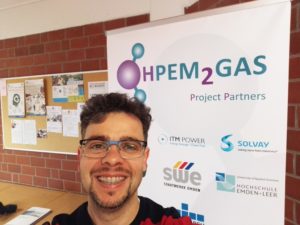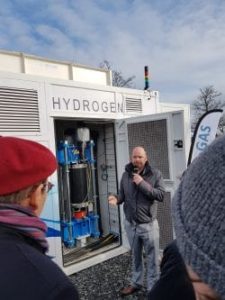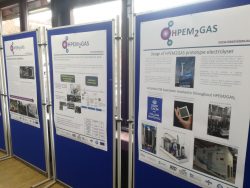Transform hydrogen into metal
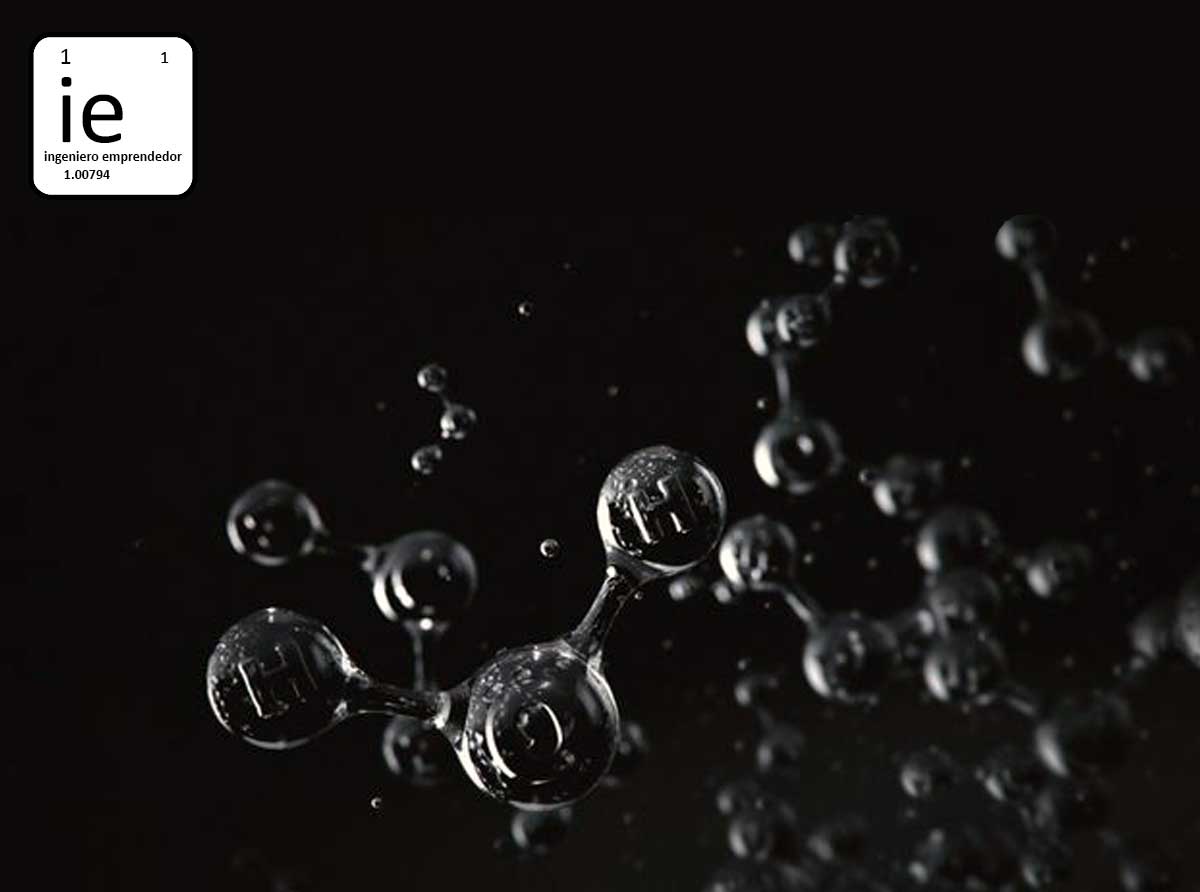
Eighty years later, hydrogen becomes metal:
To achieve this it has been subjected to a pressure higher than the center of the Earth and at very low temperatures
It is the simplest atom that exists. It is in the water and in great quantity of chemical compounds. It represents most of the visible matter of the universe and, on Earth, is usually found by double entry: two atoms that form a gas molecule. Much is known about him, but questions remain. This week, one of the questions has been clarified: cooling and squeezing their molecules a lot, hydrogen becomes metal. That is, it is probably capable of conducting electricity and heat.
It is predicted more than eight decades ago and now have been achieved by two researchers from Harvard University in Cambridge (USA), who subjected hydrogen to a pressure greater than the center of the Earth and almost five million Of times superior to the one that the atmosphere exerts on each one of us.
The pressure is five million times higher than that of the atmosphere:
The key, put the hydrogen between two diamonds specifically prepared to withstand this high pressure and lower the temperature to around 200 degrees Celsius below zero. In parallel, analyze how the light reflected in the hydrogen tight between the magnets to have clues of its transformation to metal. This is explained today by the authors in the journal Science.
Electric superconductor and rocket propellant:
The study is relevant, first of all, because finally it verifies what in 1935 predicted two scientists called Wigner and Huntington.
Of course, the pressure needed to create metallic hydrogen has been greater than the one they proposed. And it remains to be confirmed that, as they predicted, the tiny material obtained is solid: with the techniques used only it is known that it is metallic, but not if it is liquid or solid.
Secondly, the theory also indicates that metallic hydrogen can be a superconductor of electricity at room temperature or even higher. It would be a step forward, because superconductors currently operate at low temperatures and do not do so in our daily life, but for example in magnetic resonance imaging devices or in particle acceleration centers.
The metallic hydrogen can be a superconductor:
In addition, some predictions indicate that if the metallic hydrogen obtained were to be solid, even if that immense pressure was reduced on it, once the metallic characteristics had been acquired, they would remain even at room temperature.
If all this were possible, the options would be immense. “If it is stable at room temperature, powerful magnets could be made. If it is superconducting, it could transport electrical energy in an electrical network without dissipation. It has also been predicted to be the most powerful rocket propellant and would revolutionize its manufacture if it could be produced in large quantities. ” That’s what Big Vang explains to the lead author of the study, Professor Isaac F. Silvera.
“The production of metallic hydrogen in the laboratory is a great milestone that can allow in the short term an important technological progress in several fields, also as a fuel for space exploration”, highlights the researcher Josep Maria Trigo from the Institut de Ciències de l’Espai (IEEC – CSIC).
Statements by Isaac F. Silvera:
First, know if it is solid and superconducting, but before that, there are many steps ahead. At the moment only it has been verified that at very low temperatures and at very high pressure, the hydrogen acquires metallic characteristics. “We are now planning experiments to determine whether it is solid or liquid,” Silvera said.
The scientist recalls that his own research group got a year ago to produce liquid metallic hydrogen at a higher temperature and lower pressure, something that has also been achieved in the so-called shock experiments, in which, however, the samples are destroyed.
“The experimental result is convincing,” says Professor Xavier Obradors, director of the Institute of Materials Science of Barcelona, CSIC center. “Now we have to prove that the metallic hydrogen is superconducting. A superconductor at room temperature is an old dream that would democratize electric energy, which in the sixties seemed almost esoteric and long sought after, “he says.
Other experts call for more evidence:
The announcement made by Harvard scientists would be a milestone pursued long ago and has caused reluctance among some colleagues in the profession. In a news article published on the website of the journal Nature, other researchers are asking for more evidence, because they doubt about the pressure reached and even what was actually the material that emitted the metallic glow. Also the journal Science, which has spread the advance, explains on its website that some scientists ask to repeat the experiment. Proclaiming a total victory in the “hydrogen war” will require one or two new pieces of evidence, the magazine concludes.
